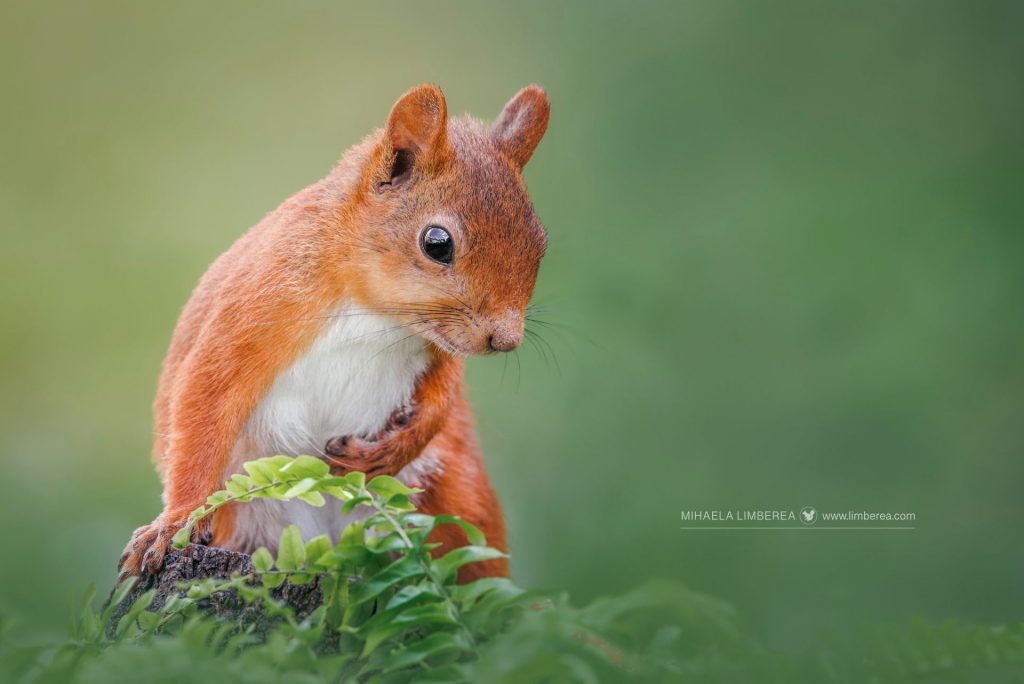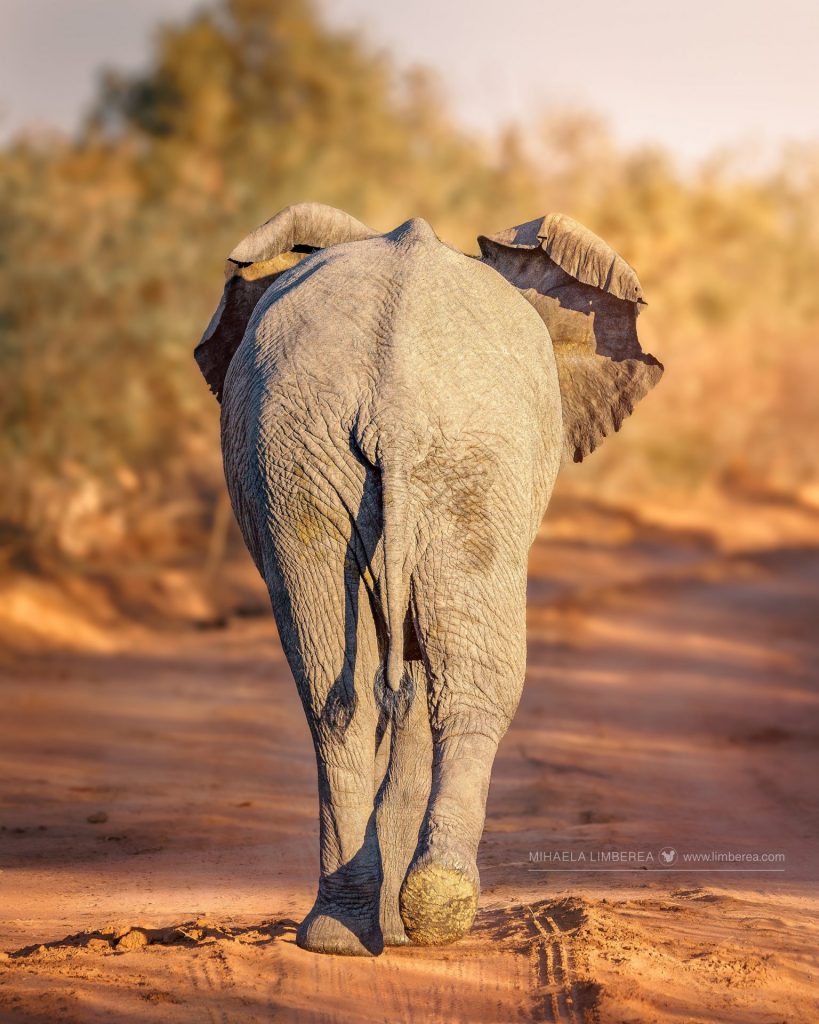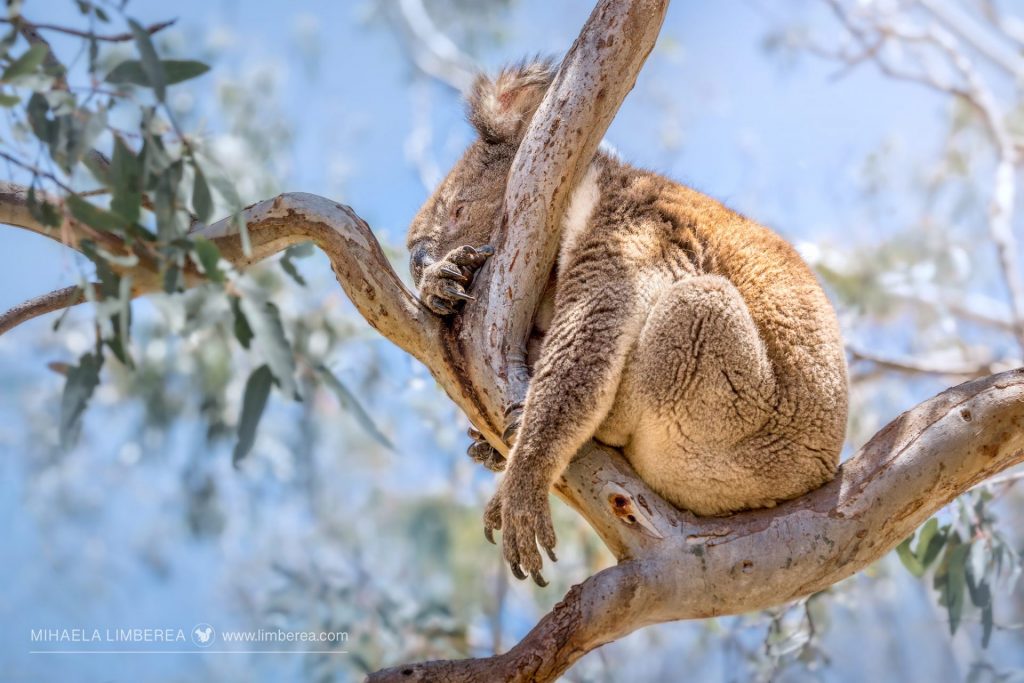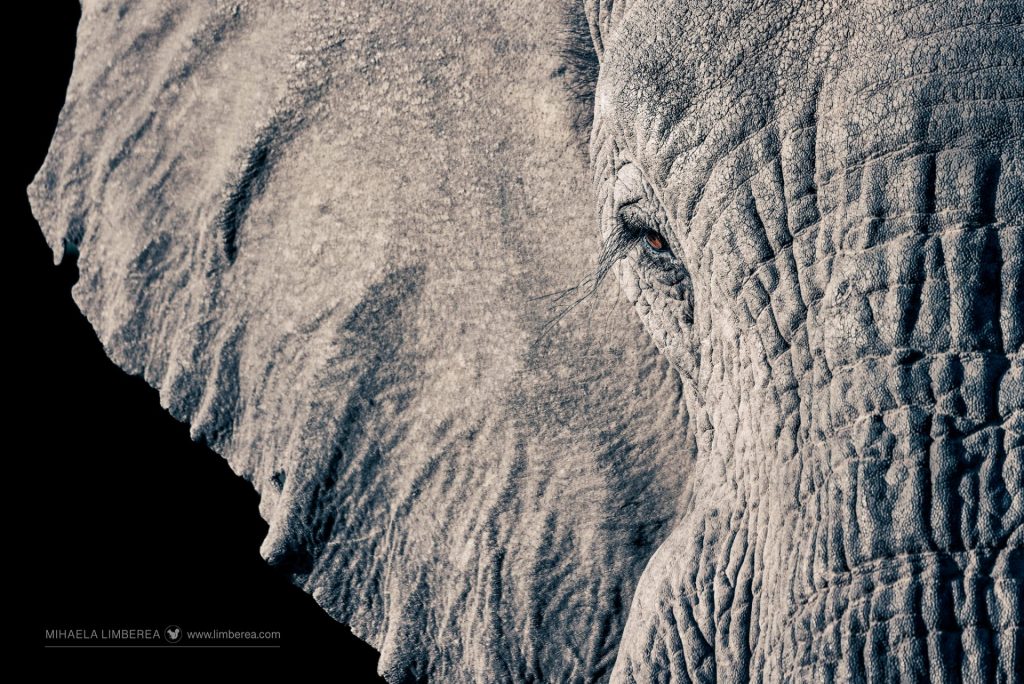As 2024 comes to a close, it’s natural to reflect on the past year. Let’s take a look, shall we?
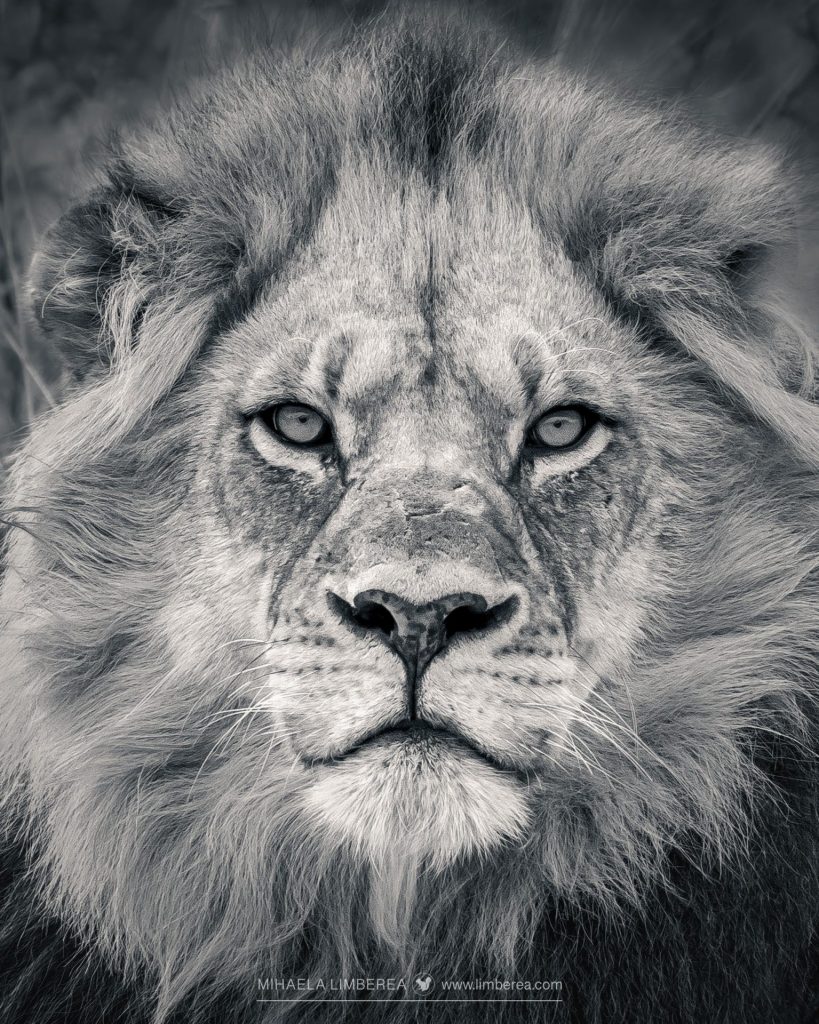
Unwavering Gaze: this is my absolute favorite photo this year, by far.
I photographed this four-year-old lion in the Lapalala Wilderness Reserve a few months ago, and it is possibly the most beautiful lion I’ve ever seen. Being just a few meters away from this magnificent animal as it looked at me sent shivers down my spine. I still feel that thrill whenever I look at the photo.
*
🦁Lion (Panthera leo)
📸 Canon R5 & Canon RF100-500mm F4.5-7.1 L IS USM
📍Lapalala Wilderness Reserve, South Africa
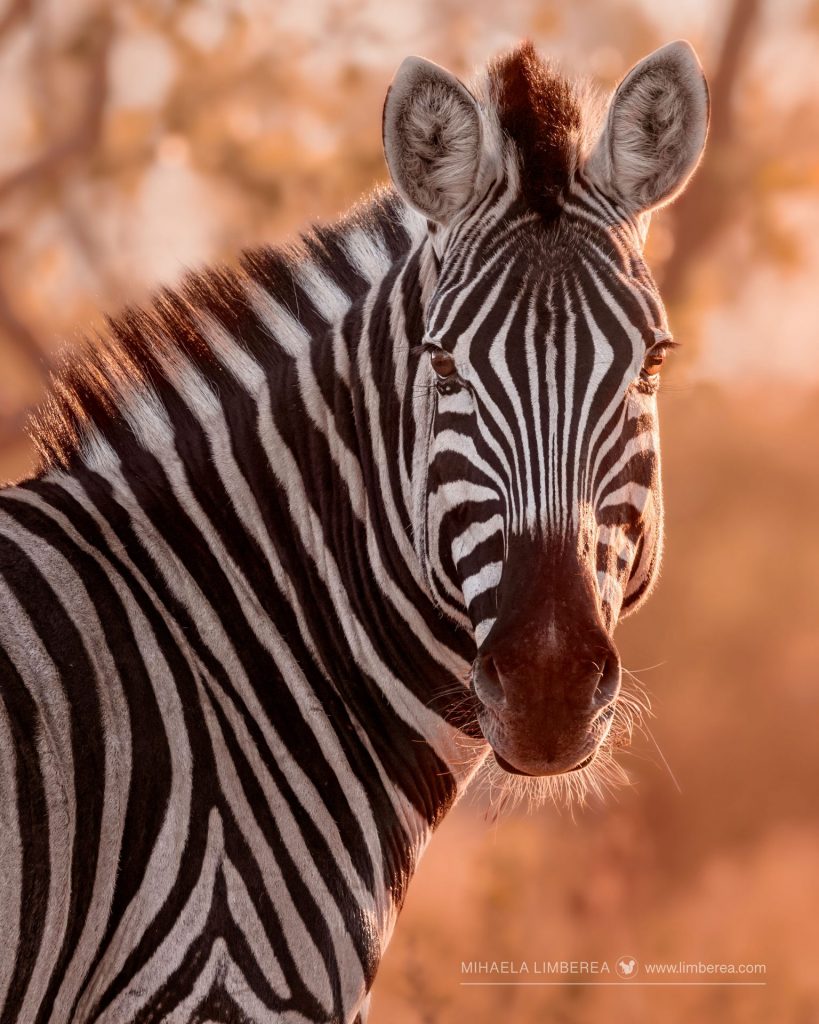
Did you know that a zebra’s stripe pattern is as unique as human fingerprints? Scientists believe that this helps zebras recognize each other. The stripes also aid in camouflage, making it more difficult for predators to distinguish individual zebras by obscuring their silhouettes.
*
🦓Zebra (Equus quagga)
📸 Canon R5 & Canon RF100-500mm F4.5-7.1 L IS USM
📍Lapalala Wilderness Reserve, South Africa
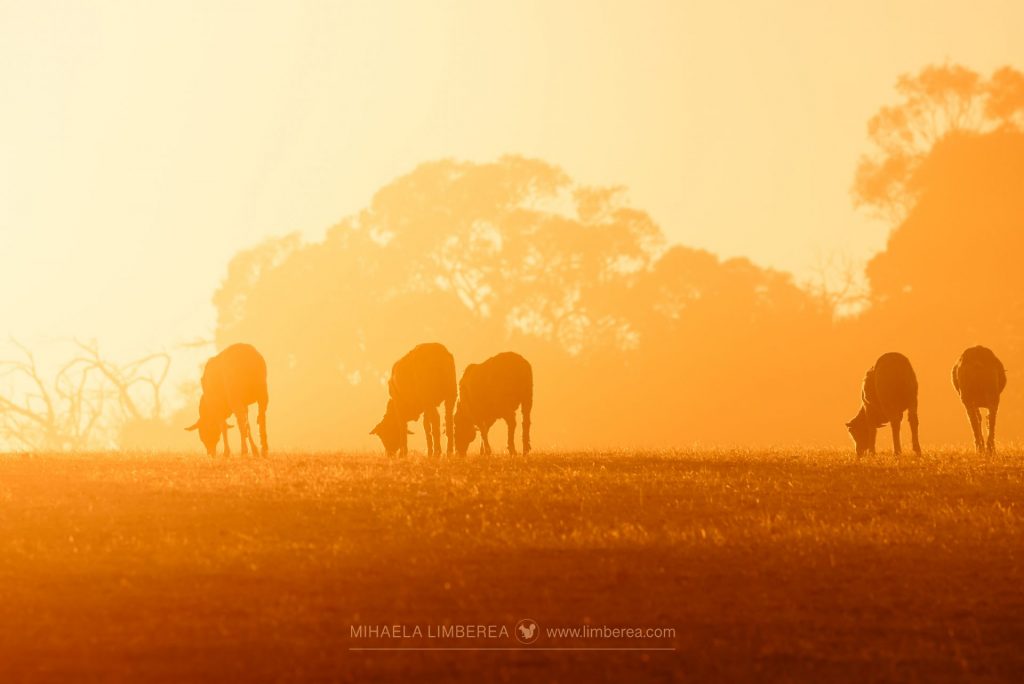
Sometimes, simple is best—just a few grazing sheep and the beauty of the rising sun. There’s something about that golden light that makes everything—sheep butts included—look fabulous!
We were on our way to Seal Bay for a 7am appointment with the research team when we came across these sheep grazing peacefully as the sun rose. Everything was bathed in gold; it was breathtaking.
Unfortunately, we were in a hurry and couldn’t afford to stop for too long. I literally jumped out of the car and quickly took a few photos, hoping some would be good enough 😅.
*
📸 Canon R5 & Canon RF100-500mm F4.5-7.1 L IS USM
📍Kangaroo Island, South Australia
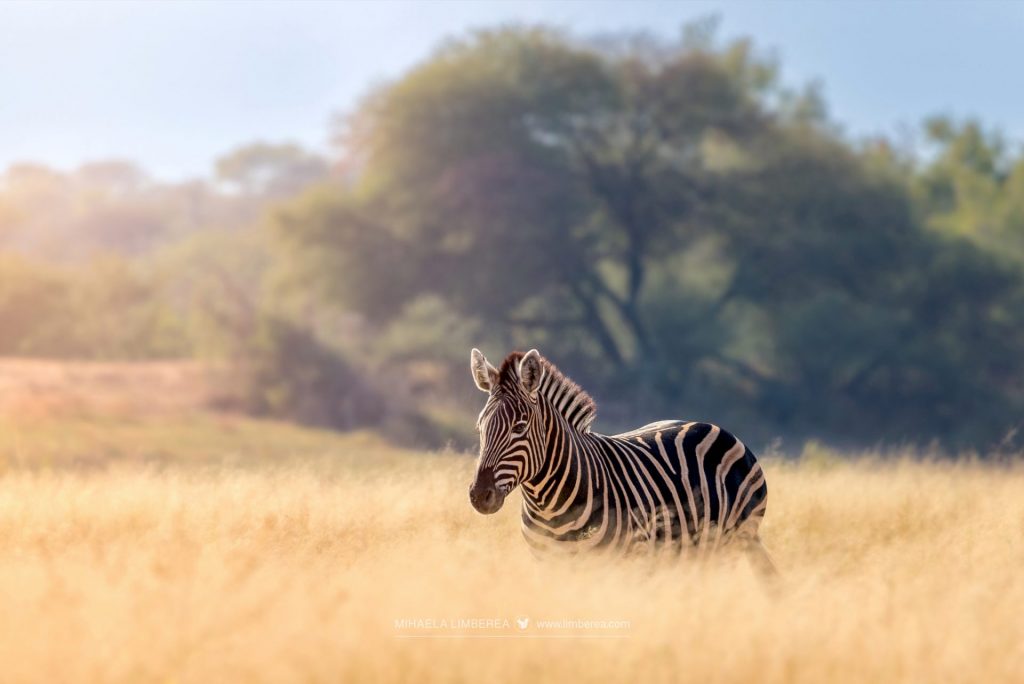
A zebra walks leisurely ahead of its harem in the Marataba Game Reserve, South Africa. In zoology, a harem is a group of zebras consisting of one stallion, several mares, and their offspring. I love that soft morning light.
*
🦓Zebra (Equus quagga)
📸 Canon R5 & Canon RF100-500mm F4.5-7.1 L IS USM
📍Marataba Game Reserve, South Africa
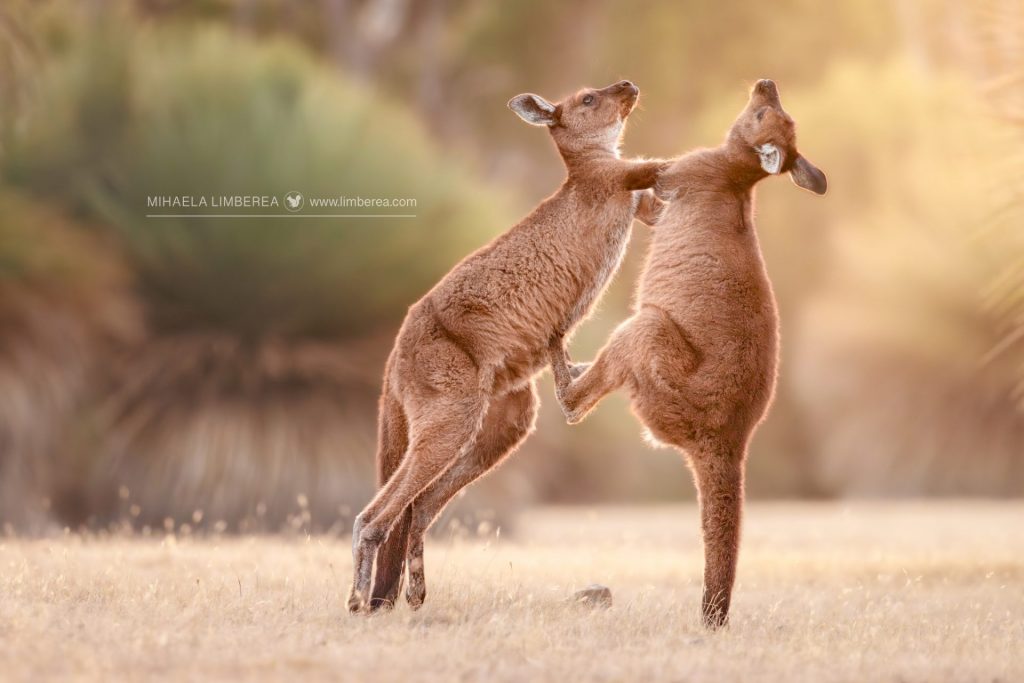
Boxing practice: two young kangaroos sparring at sunset. This is how they learn to fight, first with their mother and then with other young males. As they grow, sparring with other males helps them establish their position within the mob. With experience, the sparring sessions become longer and more intense.
Kangaroos use their sharp claws, strong back legs, and muscular tails —capable of supporting their entire body weight — to deliver powerful kicks that could disembowel a human.
However, these youngsters were only playing and started grooming each other shortly afterward.
*
🦘Kangaroo Island Kangaroos (Macropus fuliginosus fuliginosus)
📸 Canon R5 & Canon RF100-500mm F4.5-7.1 L IS USM
📍Kangaroo Island, South Australia
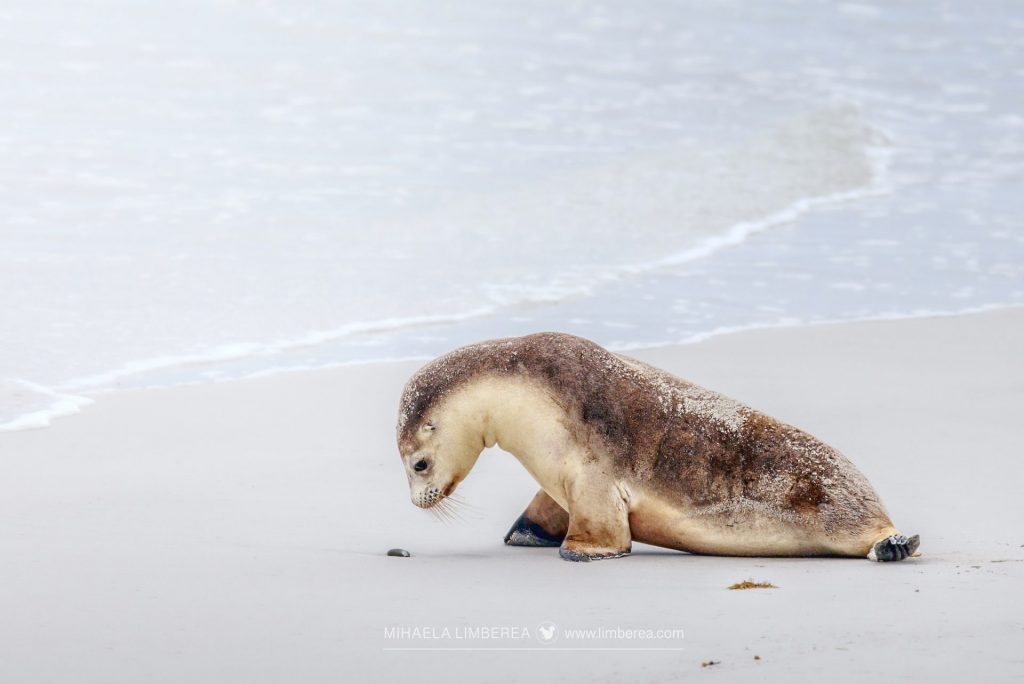
I had a wonderful time watching this young Australian sea lion carefully inspect every stone, stick, and shell on the beach at Seal Bay. It was a beautiful display of innocence and curiosity. Kids, whether human or animal, are always curious! 😍
*
🦭Australian sea lion (Neophoca cinerea)
📸 Canon R5 & Canon RF100-500mm F4.5-7.1 L IS USM
📍Seal Bay, Kangaroo Island, South Australia

Moments like these are why I love wildlife photography, even more so when knowing how few of these animals are left in the world.
Unique to South and Western Australia, Australian sea lions are one of the rarest animals in the world, with a total population of around 6.500. Australian sea lions are on the endangered species list today, having been hunted to near extension in the 19th century.
*
🦭Australian sea lion (Neophoca cinerea)
📸 Canon R5 & Canon RF100-500mm F4.5-7.1 L IS USM
📍Seal Bay, Kangaroo Island, South Australia
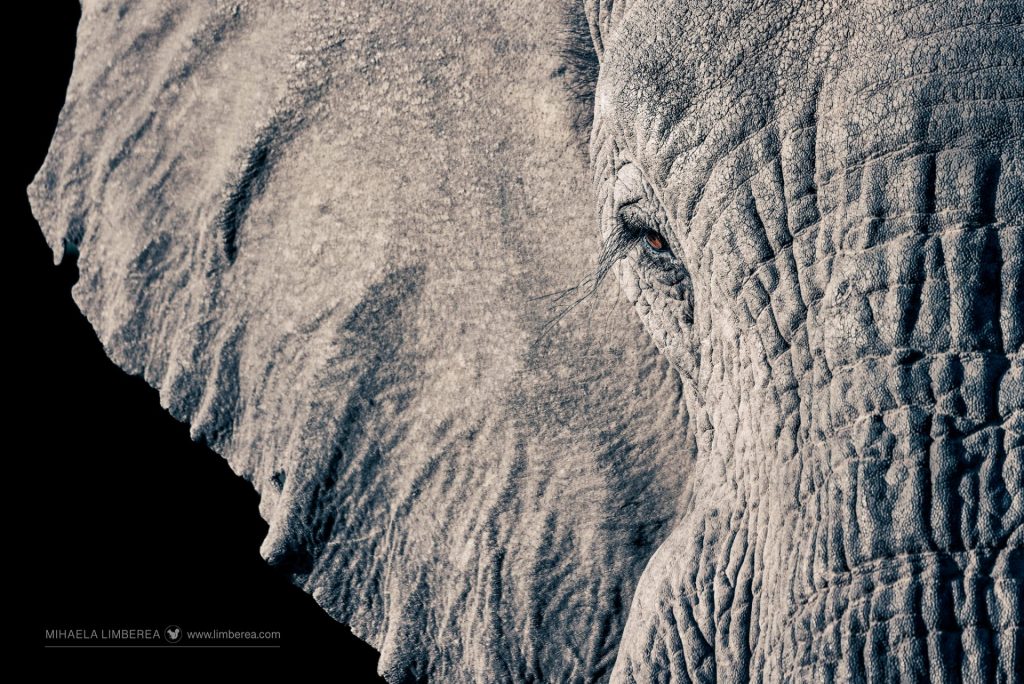
African elephant photographed in Marataba Game Reserve, South Africa. Many people commented on the elephant’s long lashes on Instagram, but most missed just how long they really were. Take another look. Yes, they are long and thick near the eye, but if you look closer, you’ll see that they are even longer than you think!
*
🐘African bush elephant (Loxodonta africana)
📸 Canon R5 & Canon RF100-500mm F4.5-7.1 L IS USM
📍Marataba Game Reserve, South Africa
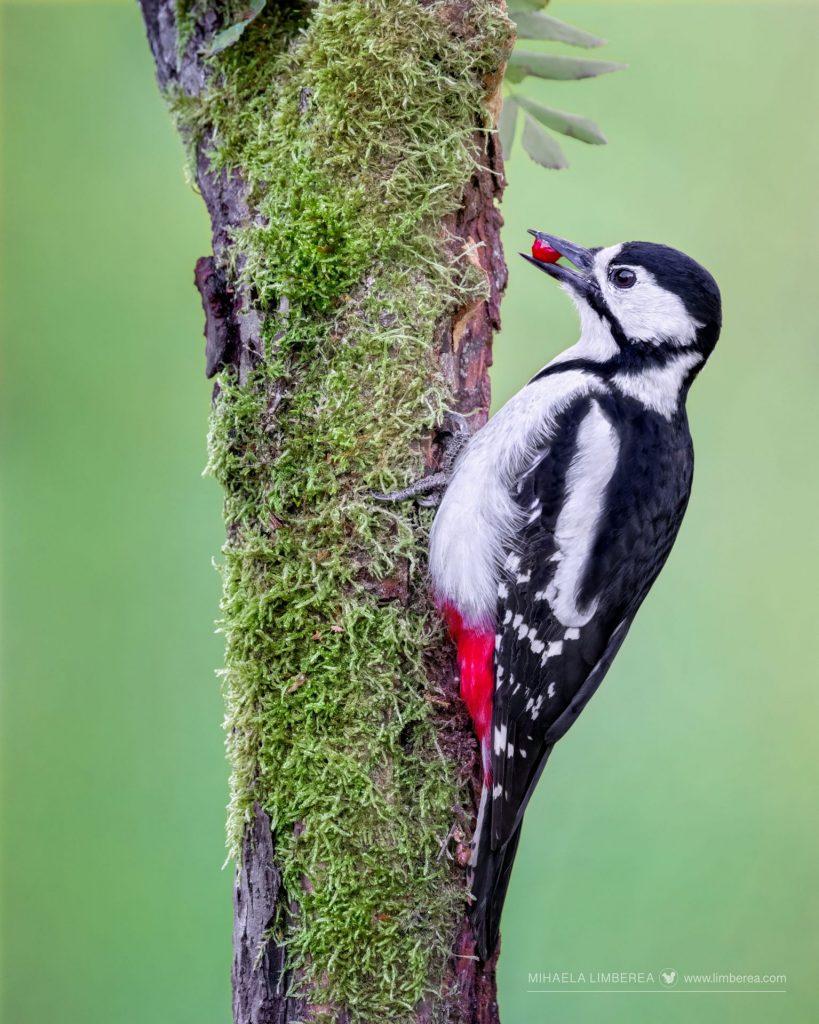
Did you know that woodpeckers store seeds, berries, and acorns in the hollows of trees to prepare for the winter? In late autumn, these resourceful birds not only stash food for the colder months but also occasionally utilize these tree hollows as shelter for resting.
*
Great spotted woodpecker (Dendrocopos major)
📸 Canon R5 & Canon RF100-500mm F4.5-7.1 L IS USM
📍Lidingö, Stockholm (Sweden)
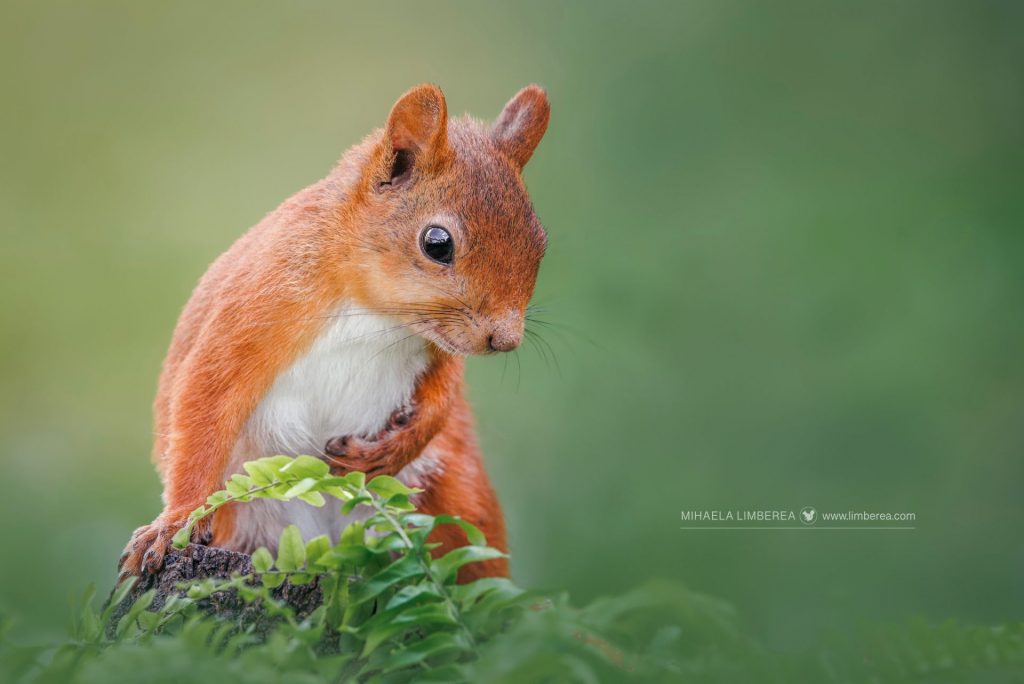
This is how you pose 👌! When I took this photo in June, I was confident this would be one of my favorite images of the year. A quick glance at the back of the camera confirmed it.
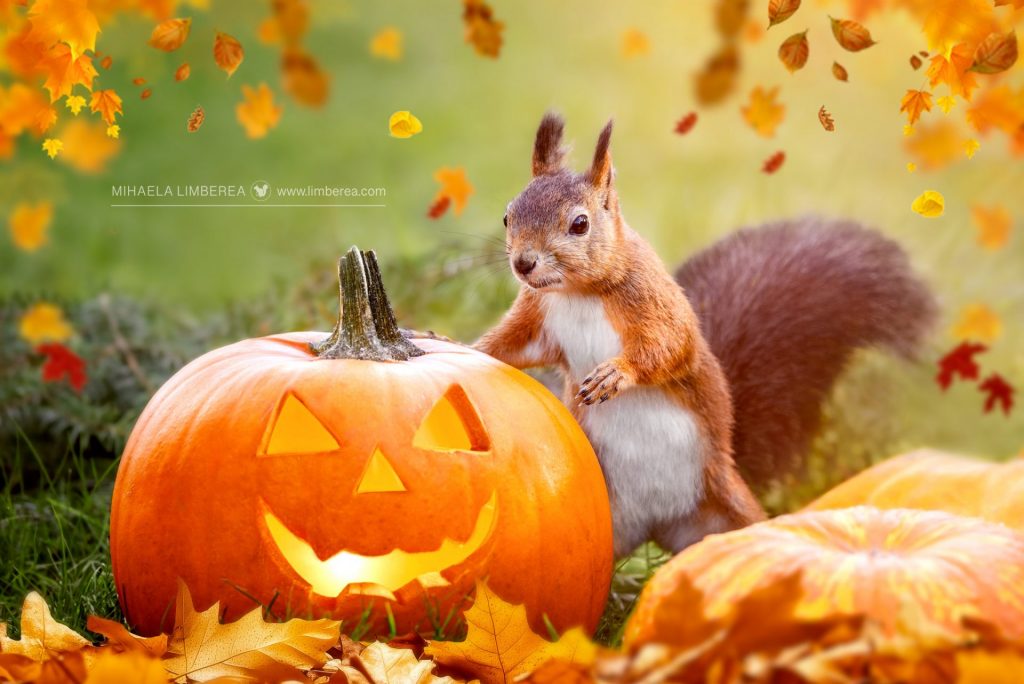
This year’s Halloween card, I love it!
*
🐿 Red Squirrel (Sciurus vulgaris)
📸 Canon R5 & Canon RF100-500mm F4.5-7.1 L IS USM
📍Lidingö, Sweden
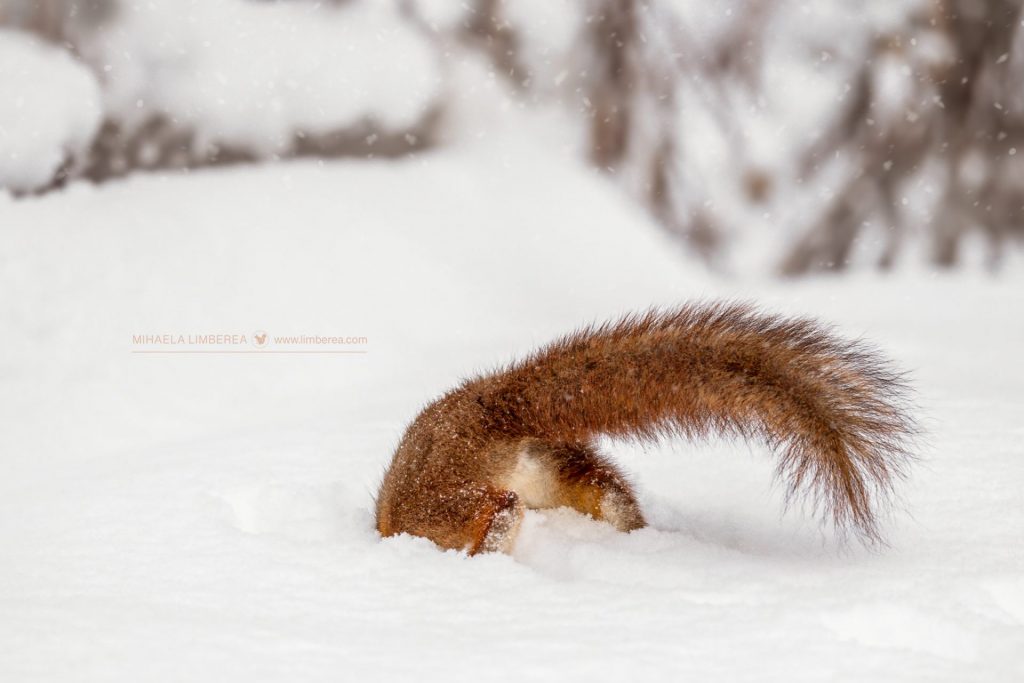
A red squirrel digs through the snow in search of hidden nuts. Squirrels have an excellent sense of smell and can detect food buried under 30 centimeters (one foot) of snow!
*
🐿 Red Squirrel (Sciurus vulgaris)
📸 Canon R5 & Canon RF100-500mm F4.5-7.1 L IS USM
📍Lidingö, Sweden
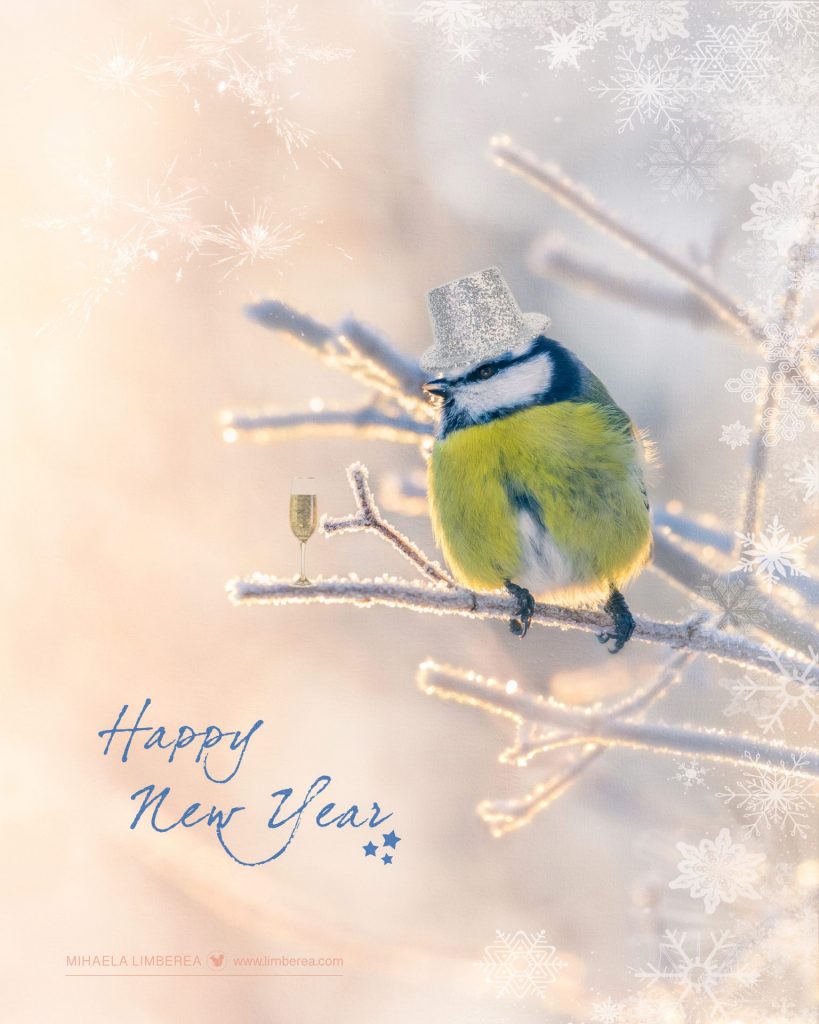
I hope you enjoyed looking at the photos. Here’s to more, better images to come in 2025! Cheers!
I wish you a very, very Happy New Year! Gott Nytt År as we say in Swedish.
